Mr. Skiff’s VW
In 1952, Morrisville’s closest contact with the outside world was its neighbor Stowe, where tony people had begun to settle to enjoy the Nosedive, the National, the Perry Merrill, and the other trails hanging off the single chairlift. While Stowe was a smorgasbord of Austrians, Norwegians, and New Yorkers, Morrisville was a pale casserole of Catholics from French Canada and Protestants who thought they were there before trees.
Morrisville peopled the Mountain Company’s trail-grooming snowshoe crews, liftline maintenance shifts, and hospitality services. It was also where the ambulances raced nervous flatlanders to have their broken bones set by Doctor Phil in the wood-frame Copley Hospital. Orthopedics was a growth industry in Morrisville in the fifties. Depression, known then as melancholia, had not even achieved medical status.
In faraway Manhattan, the emerging multinational Union Carbide and Carborundum Corporation, lashed by the fear of a nuclear attack on Manhattan, had just completed a study to find the two least likely places in the US where such an attack might occur. The winners were Morrisville, Vermont, and some nameless erg in the Arizona desert. Morrisville was no doubt selected because of its proximity to Stowe’s more urbane hospitality offerings and to the Montrealer that steamed its way north daily from Grand Central Station.
Morrisville had yet to hear of, much less form, such a thing as a Regional Development Authority, so it did little more than react with curiosity as the cinderblocks gradually took the shape of Union Carbide’s supposedly bombproof vital records storage center.
Natives would, of course, be offered jobs, but it was understood that it would require the mental horsepower of a New Yorker to actually manage the place, so, perhaps because he had done something terribly wrong, one Mr. Skiff was chosen from the legions of Union Carbide employees in New York to manage the new facility in Morrisville. Father MacDonough’s house next door with its matching woodframe garage was acquired from the Holy Family Catholic church at New York prices and given to Mr. Skiff and his wife as a residence. The first four local employees were Charlie Bailey, Emile Couture, Stan Fitts, and Pete Trepanier.

